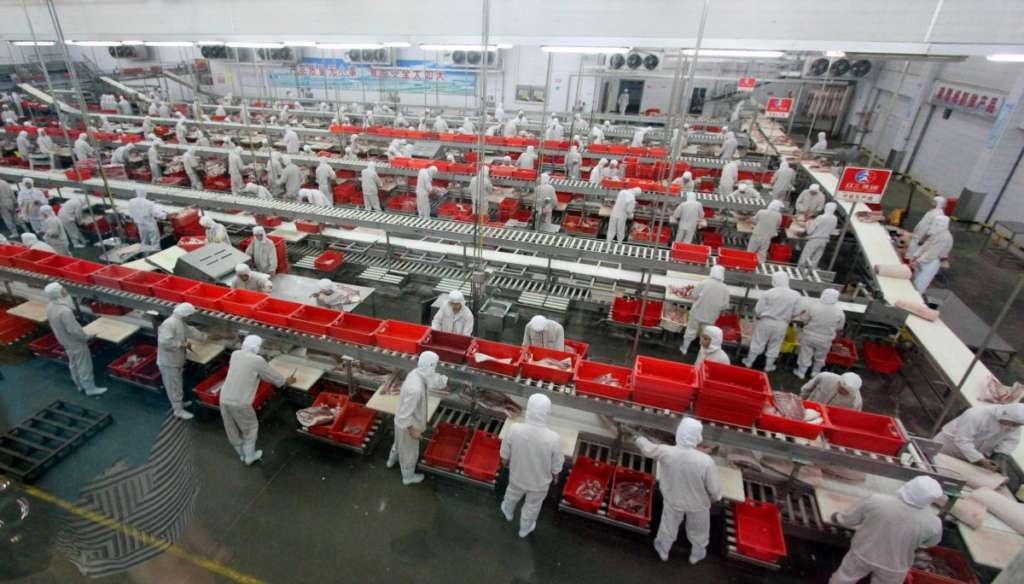London- Countries in southern and eastern Asia have increasingly attracted global investments. According to a specialized global institution, 36,000 new industrial projects were launched in 140 countries during 2016 with investments worth USD2.3 trillion. Asian countries, led by China and India acquired around 50% of the total projects and 44% of the total capitals invested in them.
The other industrial projects are distributed as follows: USD348 billion in North America, USD335 billion in Europe, USD263 billion in Africa, USD146 billion in the Middle East, USD117 billion in Oceania, and USD59 billion in South America.
The institution’s analysis showed that investments in Asian countries are not only driven by the low production cost, but also by the high demand in industrial products due to these countries’ huge population, especially in China and India. The surplus of industrial investment also includes Pakistan, Malaysia, Indonesia, and Vietnam.
In China, industrial investments have duplicated in 10 years; this sector has recorded an annual growth of 6 percent in most fields.
A report prepared by Natixis Bank says that despite the global tumult on Chinese investments, Chinese investors keep around 47 percent of their investments in the home market and around 76 percent of their production at home and abroad, especially in the sectors of electronics and energy…And when they decide to export their production, the United States and Australia receive the lion’s share, followed by other emerging countries.
Yet, India has slightly overtaken China in 2017 with a number of new projects. India has lately launched 104 satellites at the same time for commercial purposes, which was considered a global record accomplished with the lower cost ever in this vital sector.
The analysis also points out that the ongoing energy projects in both China and India consume high capitals and create myriads of jobs opportunities. Of note, the institutions report said that these countries provided around 778,000 new job opportunities in the industrial sector in 2016.
Global statistics show that the global industrial production has completely recovered from the 2008 crisis, and has improved by 16 percent compared to its status during 2008. According to a joint study conducted by JP Morgan and AHS Market, over 16 years, the global industry has grown by 53 percent.
Pierre Feltz, a specialized researcher in global industry, said the world thought for many years that the digital and services economies advance remarkably at the expense of industrial production; this view was supported by the World Bank which asserted that industry’s contribution in the global production dropped from 33.5 percent to 27.5 percent in 20 years. However, according to Feltz, the information is wrong.
Today, the world spends most of its activity in industrial production, mainly in the sectors of cars and electronics. Feltz’ studies assert that the western industrial surplus after 1800 followed another surplus in China and India, which have now recaptured the leadership of global industry.
Back to the institution’s statistics, figures show that as per the attraction of industrial investments, Eastern Europe comes second after Asian and American countries, at the expense of countries like Germany, Britain, and France, and even Japan.
Noteworthy, statistics showed that US and German investors pump less investments in their countries then they do abroad.
